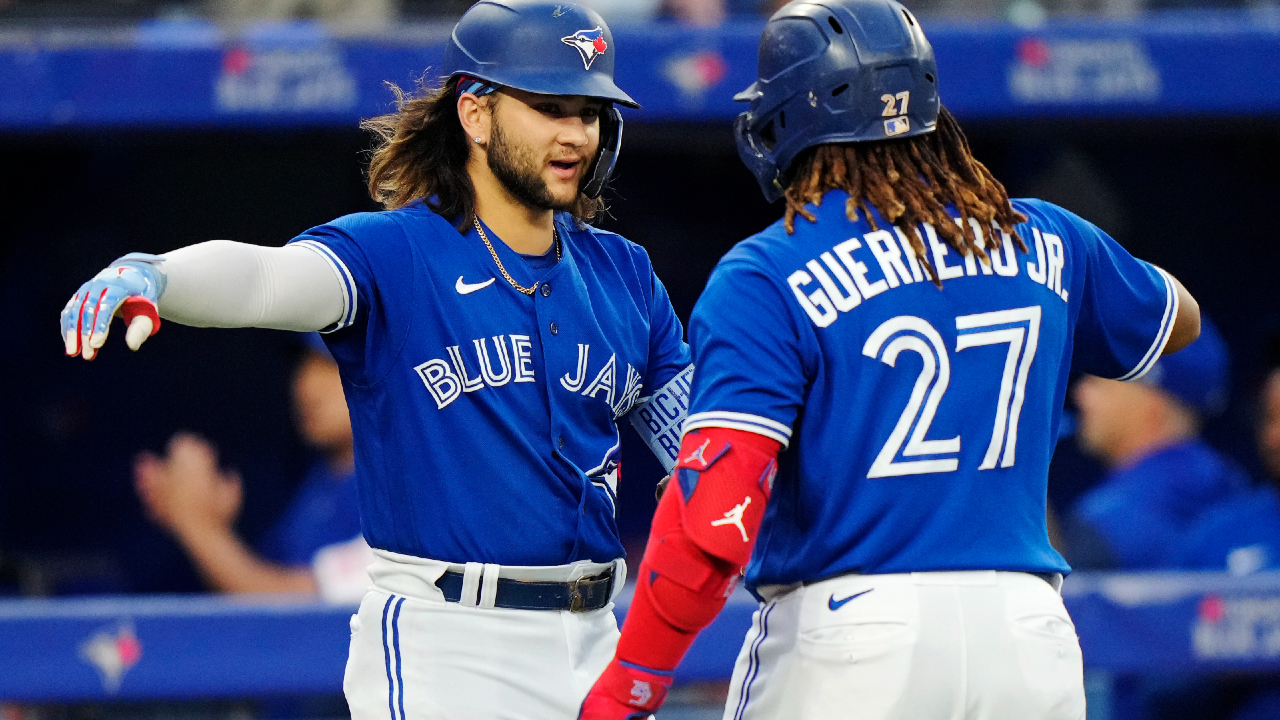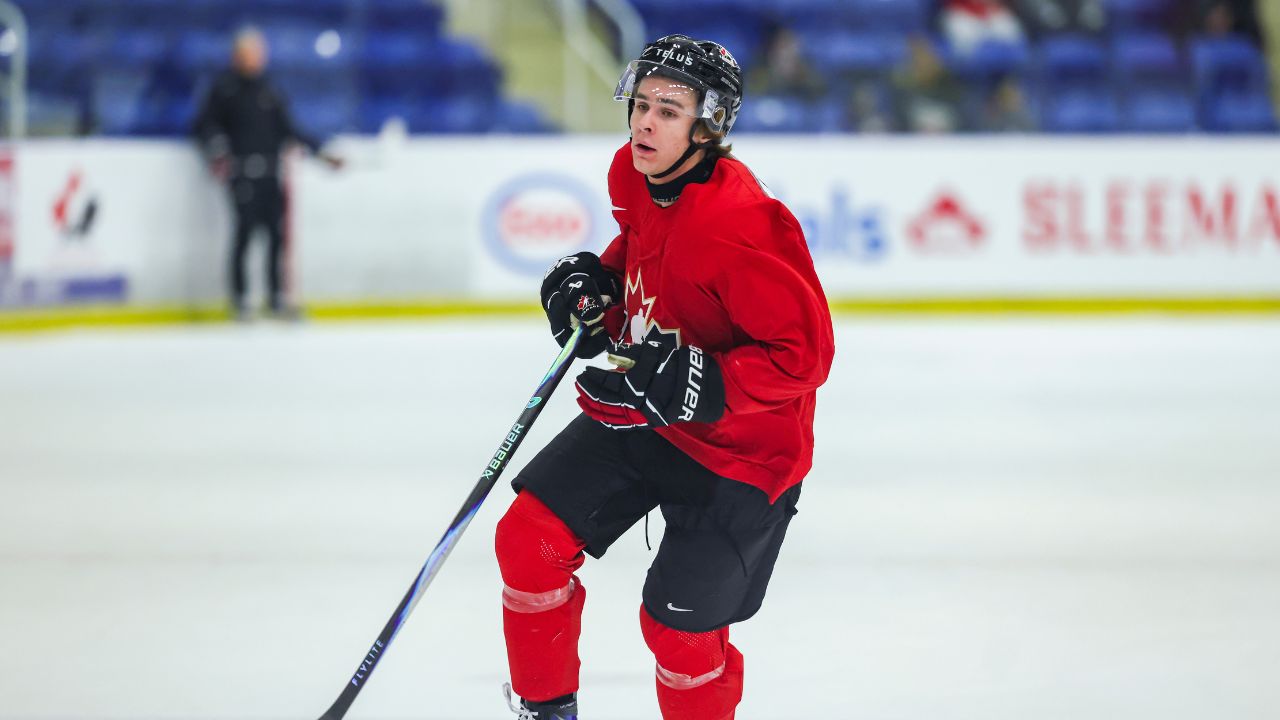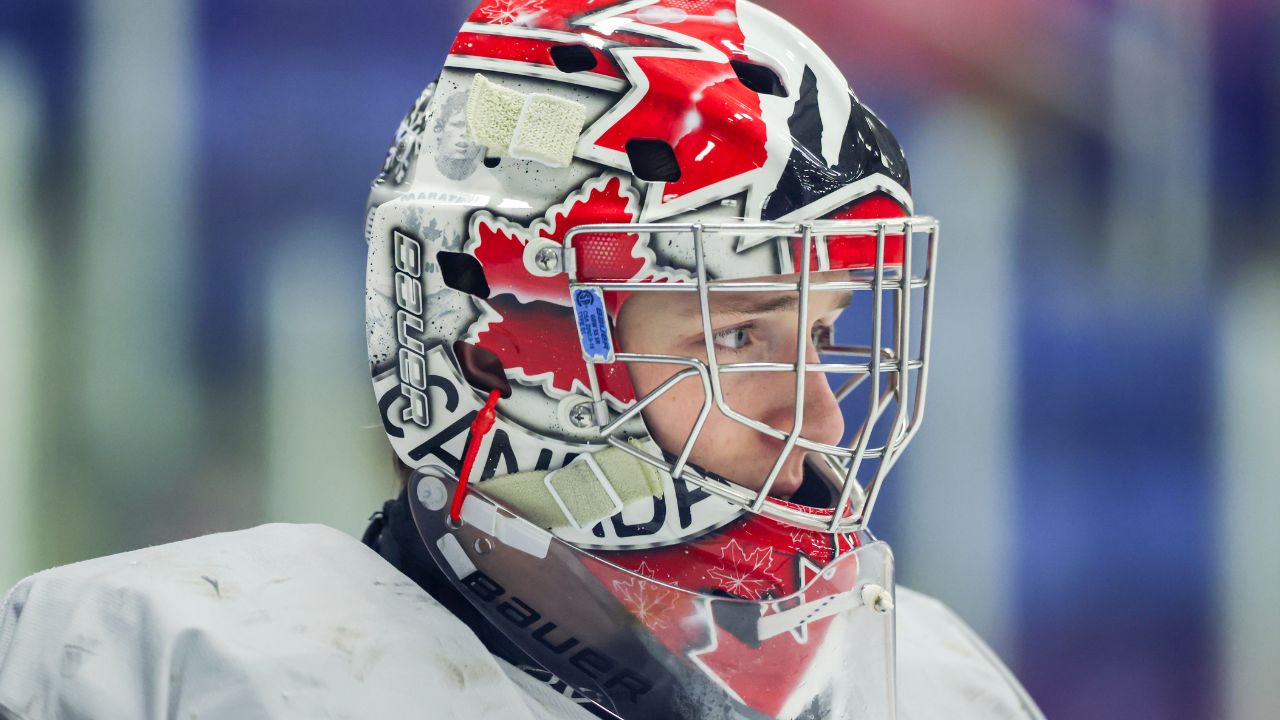
TORONTO — The specifics of Carlos Delgado’s addition to the Level of Excellence on July 21, 2013, elude Jose Bautista, although he remembers thinking the ceremonies he witnessed or was part of during his tenure with the Toronto Blue Jays were done in a classy way. Obvious as it seems now, little could have Bautista imagined that day, when he and Jose Reyes presented Delgado with a painting on behalf of the players, that a decade onward, it would be his turn to be feted, his status as a franchise icon secured.
Back then, he’d already established a single-season club record with 54 homers, twice won American League home run titles and earned four of his six all-star selections. But he was still two years from the legacy-securing post-season runs of 2015 and ’16 and, of course, his most celebrated moment, the bat-flip homer in Game 5 of the 2015 AL Division Series, not that his place in team history was top of mind at the time.
“I don’t think it’s anything any player focuses on. I don’t think I was one to be looking at that stuff, either,” Bautista said. “But every now and then you would be watching TV and the coverage, whether it’s Sportsnet or MLB Network, and they’d throw out some numbers, and it’s creeping up the team leader lists and stuff like that, so you’re kind of aware, a little bit. But you know me, I was fully focused on trying to win games every day, so I wasn’t paying attention to all that stuff too much.
“Maybe after I left, when you have some time to reflect, you kind of look back and see with the body of work and the longevity, being there for 10 years and being able to get consistent playing time, I was able to accomplish some good stuff. Definitely happy and proud of all that.”
Not only did Bautista accomplish some good stuff, he accomplished a lot of great stuff, which is why Saturday afternoon he’ll take his rightful place on the Level of Excellence.
To contextualize his place in Blue Jays lore, consider that he’s the franchise’s all-time leader among position players in Wins Above Replacement, as calculated by Baseball Reference, at 38.3, a hair ahead of Tony Fernandez’s 37.5. His 288 homers with the organization are second only to Delgado’s 366, his 803 walks second to Delgado’s 827, his 790 runs second to Delgado’s 889, his 766 RBIs third, behind Delgado’s 1,058 and Vernon Wells’ 813. In nearly every category that matters, he’s right near the top, if not at the top.
The various counting stats, however, only reflect part of the dynamic force he was.
Combining George Bell’s raging pit bull, Delgado’s steady genius and Fernandez’s clever athleticism, Bautista impacted the game in every way possible. Defensively, he’d chase down balls and eliminate runners with a lethal throwing arm from the outfield, or switch gloves and line up at third base when needed. On the bases, he’d look for any little moment of weakness to exploit, once taking second on a walk when the Seattle Mariners fell asleep on the infield.
“I would like to think that I surpassed some of my physical abilities,” said Bautista. “I wasn’t the fastest 60-yard runner, I didn’t steal a lot of bases, but I felt like I got good jumps in the outfield. I was, in my opinion, really good at positioning myself and trying to be smart with how I threw the ball and where and when and just bring value to the game in other ways that maybe were not just necessarily raw-ability based.
“Moving with balls in the dirt, taking the right time to steal a base here and there, taking two bases when you’re running from first to third, second to home, or figuring out when the defence is not paying attention, you get an extra 90 feet. Those are sometimes the difference-makers between winning and losing a ballgame, and they don’t necessarily correlate to throwing the hardest or running the fastest or jumping the highest.”
Then, of course, there was the cauldron of emotion that fuelled him and led to his countless epic moments on the field. His years-long feud with reliever Darren O’Day and, eventually, the entire Baltimore Orioles, for instance, turned into must-watch baseball. But it was helping lead the Blue Jays back to the post-season after a 21-year absence and then delivering the decisive home run in Game 5 of the 2015 ALDS against the Texas Rangers, capping one of the wildest innings of playoff baseball ever, that became his signature.
A better performance, though, probably came against the Kansas City Royals in Game 6 of the AL Championship Series that year, when Bautista went deep twice, including a game-tying two-run shot in the eighth inning of a gutting 4-3 loss. Still, what lingers is the ninth-inning rally that went for naught, the Blue Jays putting men on the corners with none out, undone by umpire Jeff Nelson’s sketchy strike calls on Dioner Navarro and Ben Revere. Josh Donaldson later grounded out to end the game, leaving Bautista in the on-deck circle.
“There were some questionable calls and they didn’t go our way — that’s what I remember the most, not the home runs,” said Bautista. “That was definitely bittersweet in that sense because we felt like we had a big rally going there and we had a chance to tie it and came up short.”
Had the Blue Jays gotten to a seventh game, they were convinced they would have won it and gone on to face the New York Mets in the World Series. While they also reached the ALCS in 2016, losing in five games to Cleveland, “2015 was more of the one that kind of slipped away, just because of all the additions at the deadline and the kind of second half that we had,” said Bautista. “We really caught fire there for a good bit. So that’s the one that, having conversations with guys in the past that were on that team, it’s like, that’s the one we thought we were going to (win it all), we had a better chance.
“Obviously, ’16 hurt, too. But, there were a lot of other dynamics that year that maybe didn’t give us as much hope, just a lot of guys banged up and hurting. We just felt better about ’15.”
In spite of the disappointing endings, Bautista calls 2015-16 “the two most (enjoyable) years of playing baseball in my whole life.” After committing to the Blue Jays on a $65 million, five-year deal following the 54-homer breakout in 2010, he lived through the messes of 2011-14, which included the dysfunctions of the John Farrell era, the structurally unsound buildup of ’13 and the squandered opportunity of ’14 before everything came together.
“It’s significantly different showing up at the ballpark in August and September when you’re in contention than when you’re not,” said Bautista. “It just completely changes your outlook on the game, what’s important, how to play the game right, what it takes to win. For a lot of the younger guys that came into that, as opposed to some of the older guys, I think it really probably built their foundation for their careers moving forward, knowing that is way more enjoyable than being 40 games under .500 at the deadline, like some other teams are consistently. I’m glad that we were able to bring playoff baseball back to Toronto.”
And with it came the rekindled passion for the Blue Jays, long dormant during those 21 years in the playoff wilderness. They led the American League in attendance during the 2016 and 2017 seasons and rebuilt the coast-to-coast following that remains to this day. It all traces back to Bautista’s emergence from a Pittsburgh Pirates castaway into an all-time Blue Jays great.
“That definitely makes me proud that we were able to cause any significant positive impact because I could tell the difference from when I got to Toronto and how many people you saw on the street either playing the sport or talking about it or wearing Blue Jays gear, and I definitely noticed a difference at the time of my exit 10 years later,” he said. “It had, from my view, grown significantly.”
There’s no debating that, which is why his place on the Level of Excellence is well-earned and richly deserved.







